
Artist Marina Moevs, whose work is now on view along with portraits by Jon Swihart in a dual show curated by Ruth Weisberg at the Cathedral of Our Lady of the Angels in Los Angeles, has been thinking hard about humankind’s impact on the natural environment. Counter-balancing her fears about future natural disasters against her own serene inner nature, Moevs creates images that manage to serve as warnings while also remaining guardedly optimistic.
Exhibition curator Ruth Weisberg offers the following comments and observations about Moevs' works:
Marina Moevs’ paintings from the last ten years are constructed in such a way as to involve the viewer in completing a story. These images while beautifully painted, are a kind of projective test. You are asked to imagine the beginning and end of a story and Moevs achieves this without even including human figures. Instead the presence of people either previously or at some future time, is implied.
In addition, Moevs paintings often suggest the strange quietude after a terrible catastrophe. The destructive force of a tsunami or a hurricane is revealed by the chaotic forms of wreckage and debris. Her ability to paint in a very calm and assured way is a great carrier for such effects
I recently interviewed Marina Moevs and learned more about her work, her ideas, and her current exhibition.
John Seed Interviews Marina Moevs
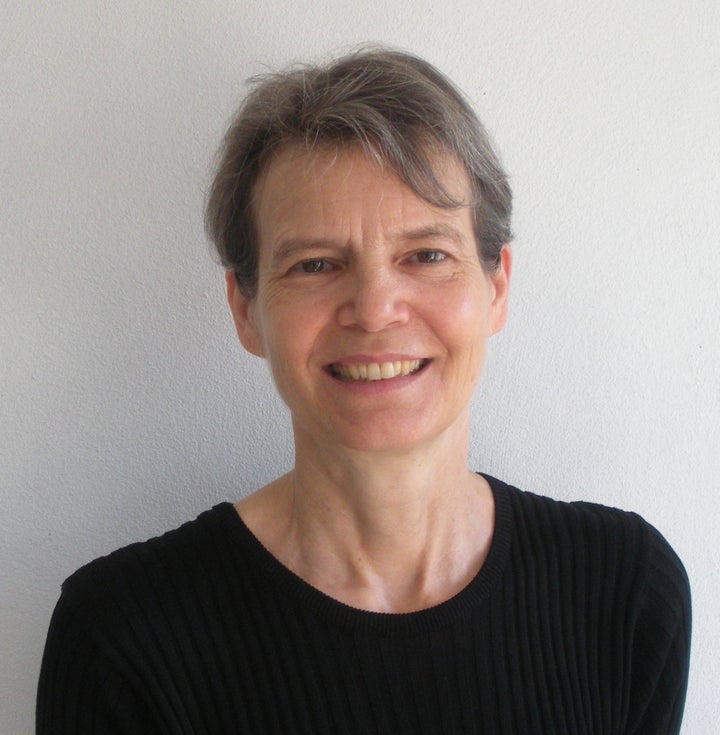
Marina, when did the theme of global warming first emerge in your work?
In the mid-nineties I started to become seriously concerned about climate change. At that time few people were talking about it. I would encounter a one or two inch Associated Press brief at the back of the newspaper saying that the current year was the hottest on record. I believe that climate change is the defining issue or problem for our times. It demands a global solution so if we intend to solve it we are going to have to learn to think and act globally.
Around that time, I started painting floods, fires, hurricanes, in short, natural disasters. The natural disaster is almost a symbol for climate change - as we destabilize the planet’s ecosystem, we get more extreme weather events resulting in more frequent natural disasters.

Can you tell me about one of your paintings in some depth?
The image of the natural disaster carries additional layers of meaning for me. Clearly if we want to address climate change we will need to think differently about ourselves and our place in our ecosystem. We are going to have to let go of some ancient and by now very comfortable ideas about who we are and how we relate to each other, to nature and the planet, and we have to be willing to try an alternative approach.
Ocean II is a good example of how I am using the imagery. It depicts a beach scene after a hurricane, with a fractured house in the foreground and a serene ocean in the distance. The house is a metaphorical image of our current understanding of our identity - our self. The fractured house refers to the catastrophic internal and personal “natural disaster” that frequently accompanies any effort to relinquish, let go of, or destroy our current cherished notions of our identity and place in the world.
Yet the scene is peaceful and serene. It is very important for me that my paintings walk the line between the catastrophic and the serene. The serenity is an important part of the meaning of the paintings.
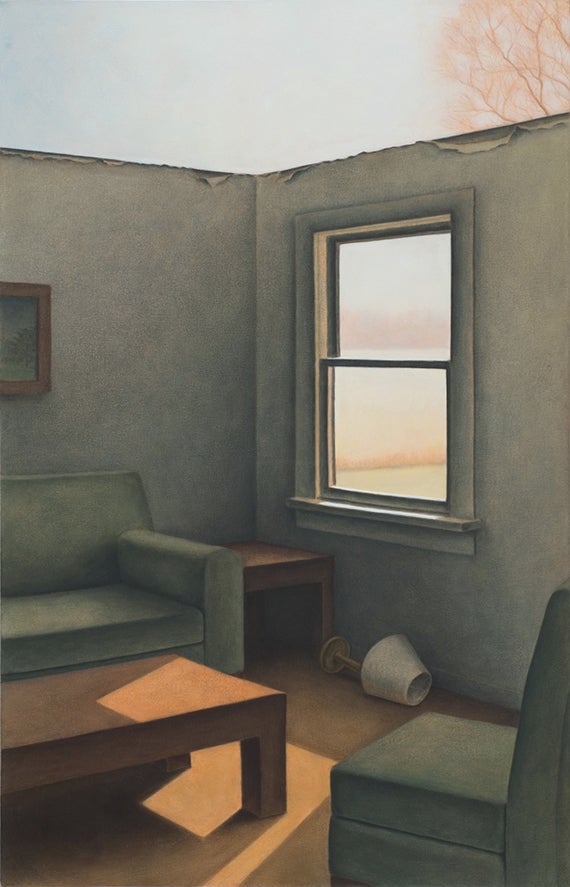
Tell me how you balance disaster and serenity in your images.
The thesis of the paintings is that there is a better way of understanding ourselves, one that promotes peaceful coexistence and a greater harmony amongst ourselves and with the natural world and the planet. The peacefulness and serenity in the paintings refers to this alternative view. This place of serenity is both the focal point of the painting and the framework for all the narrative events within the painting.
When I am making the paintings, my focus is on the encompassing serenity. I hold onto it as the dominant mood and feeling. Images of disaster or catastrophe find their place within the serenity without being able to create any ripples in it. Experience, including the experience of the catastrophic, can be a step along the way towards a greater awareness of this serenity.
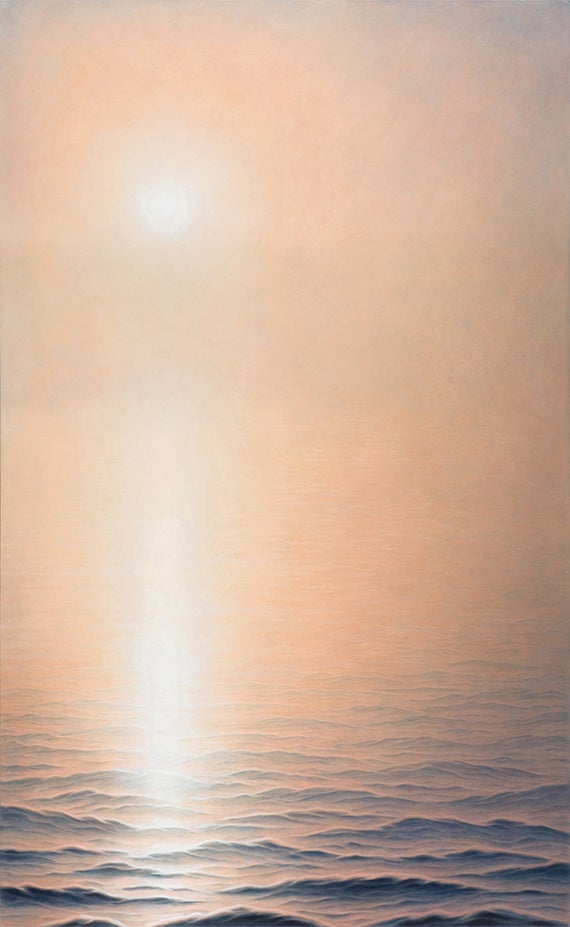
How do you develop the ideas for your images?
Most of the scenes in my paintings are fictional. Sometimes a scene refers to a real place in the world, but by and large they are invented. Because they are fictional I need to make fairly finished preparatory drawings, all to scale, before I start on the painting. The paintings develop over an extended period of time. I apply many layers of paint, mostly with my hands. I use brushes in the final layers when I start introducing details smaller than my finger.
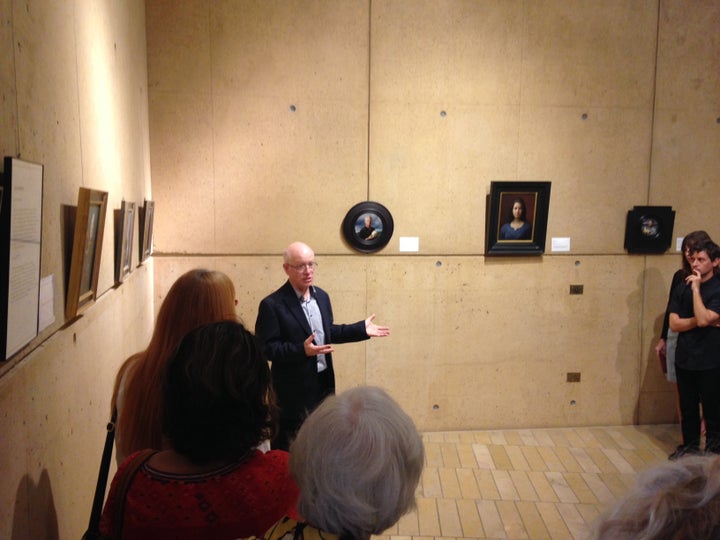
What is it like to see your work in concert with Jon Swihart’s portraits?
I have been a great admirer of Jon Swihart’s paintings for a very long time. So it is a rare and particular pleasure and privilege to be showing alongside him. I am very grateful to Ruth Weisberg who curated this show for pairing us. I see his nine exquisite portraits in the show as homages to the human spirit and its beauty.
While my paintings are nominally landscapes, I think of them as portraits: metaphorical, generic portraits of each and every one of us. So this is one of the links between our work. We are both addressing the deeply human but with different visual vocabularies.
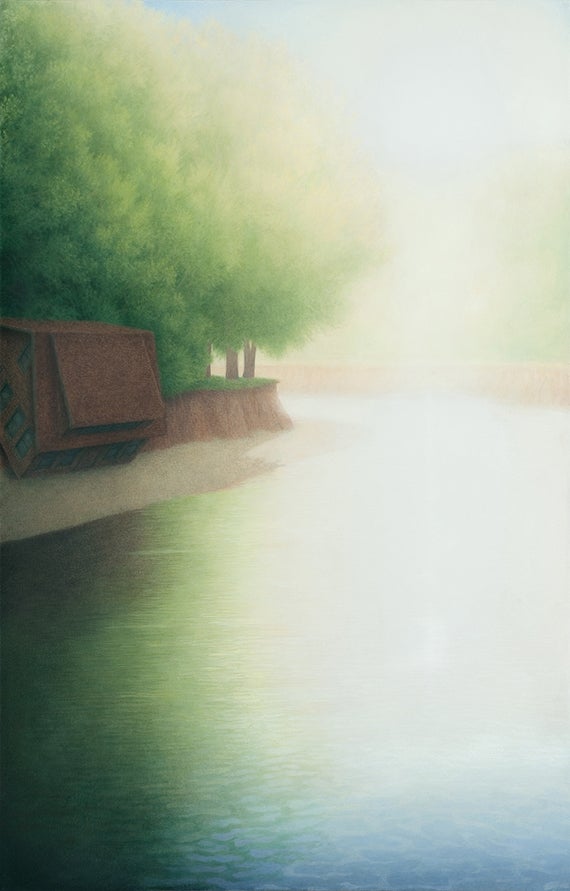
Do you see your own work differently in the setting of the Cathedral?
Showing in the Cathedral has been an extraordinary experience and again I am grateful to Ruth Weisberg for this opportunity.
My paintings are personal meditation pieces - that is the function they have in my life. I like to think that they can function as meditation pieces for others too. The environment of the Cathedral underscores the meditative aspect of the work, making it more accessible and evident. As we know, context and environment can heavily determine how we read a piece of artwork. The environment of the Cathedral reinforces the reading I would like the paintings to have.

Evocations of People and Places:
Marina Moevs and Jon Swihart
Cuated by Ruth Weisberg
Through August 7th, 2016
On view in the Art Chapel and Chapel 8
555 West Temple Street
Los Angeles, CA 90012-2707
